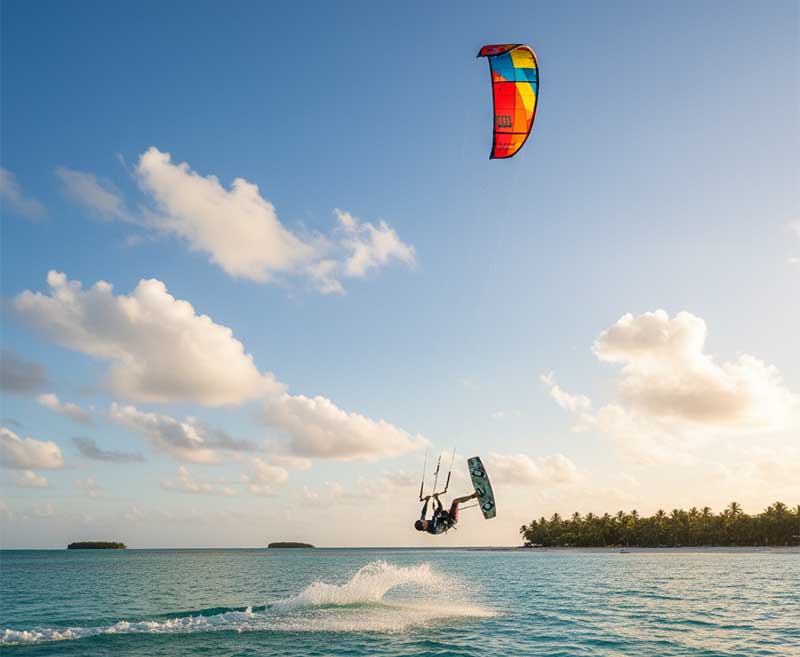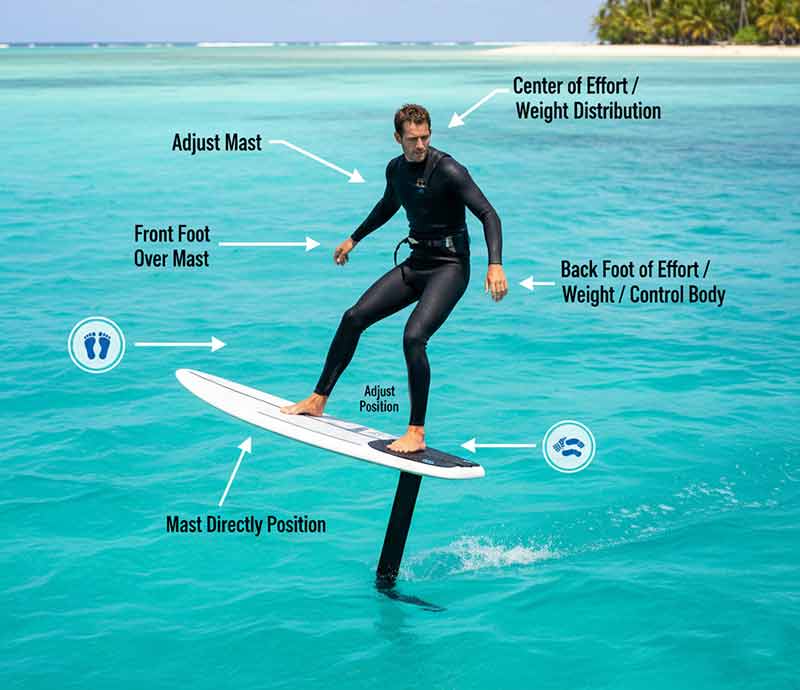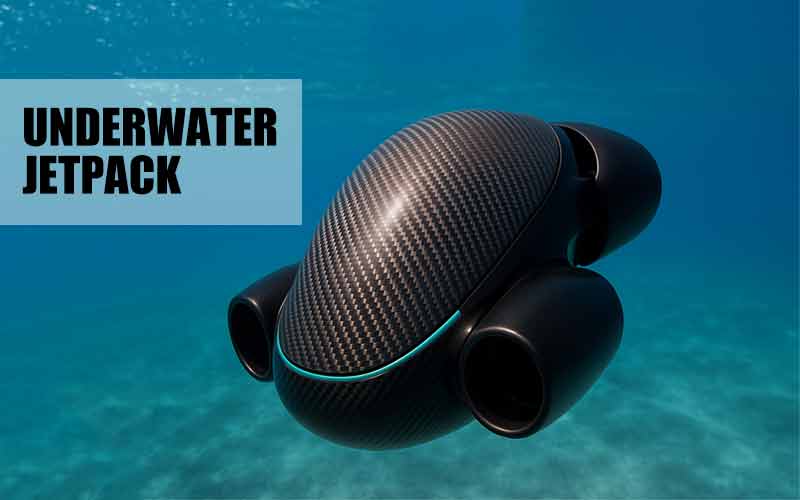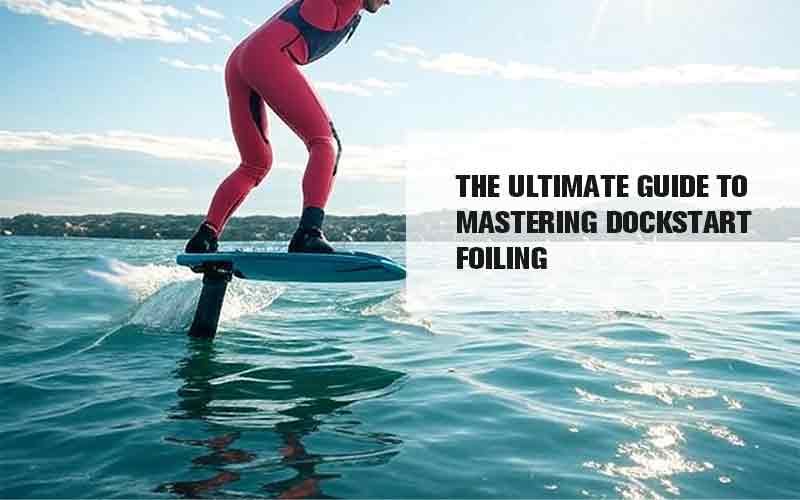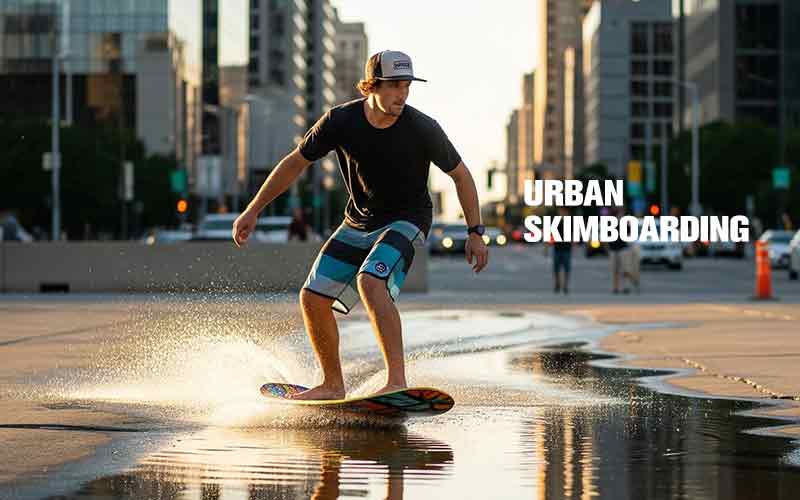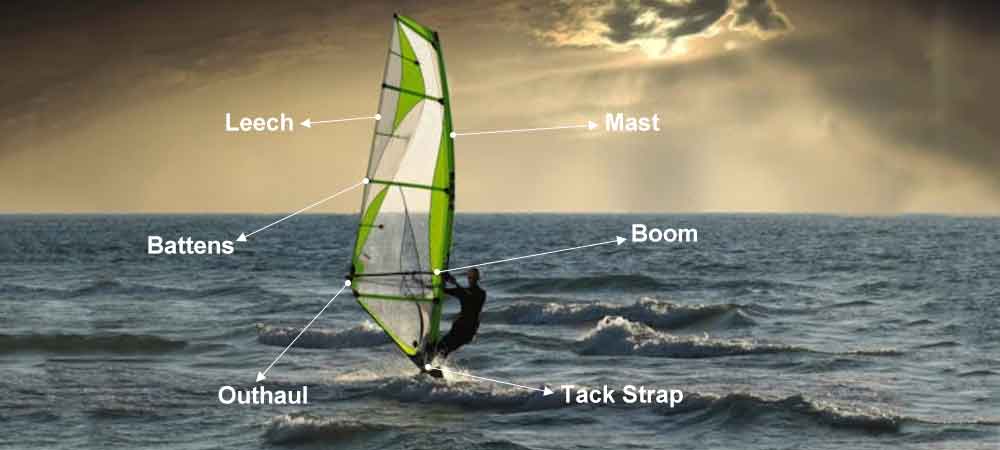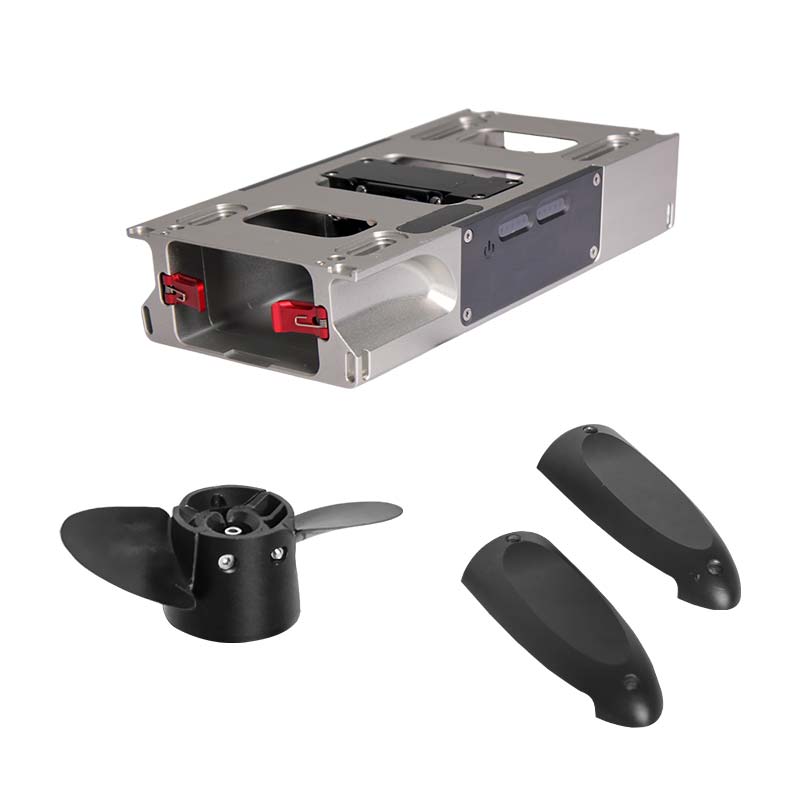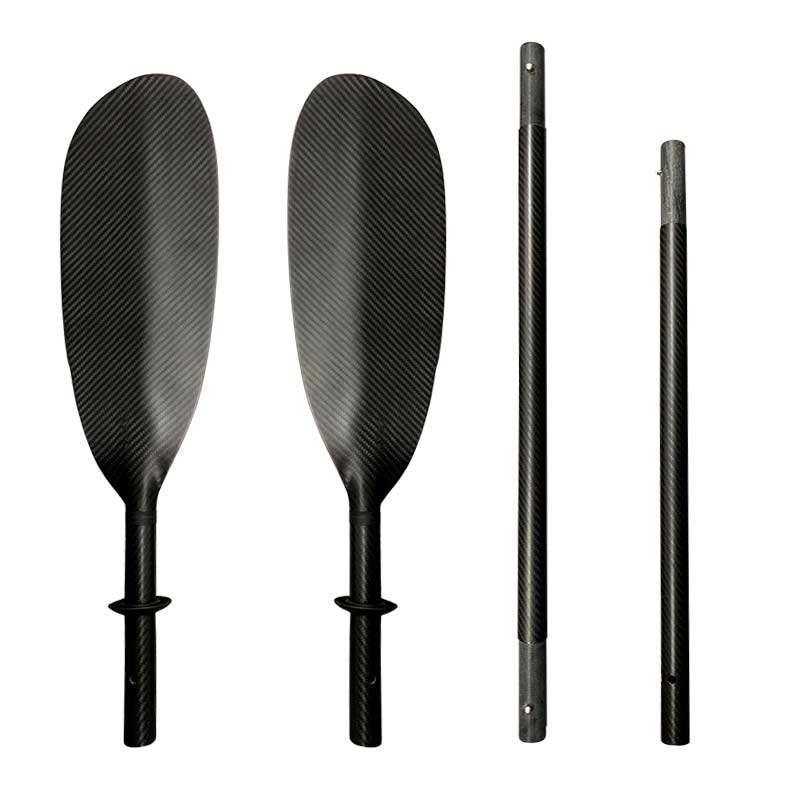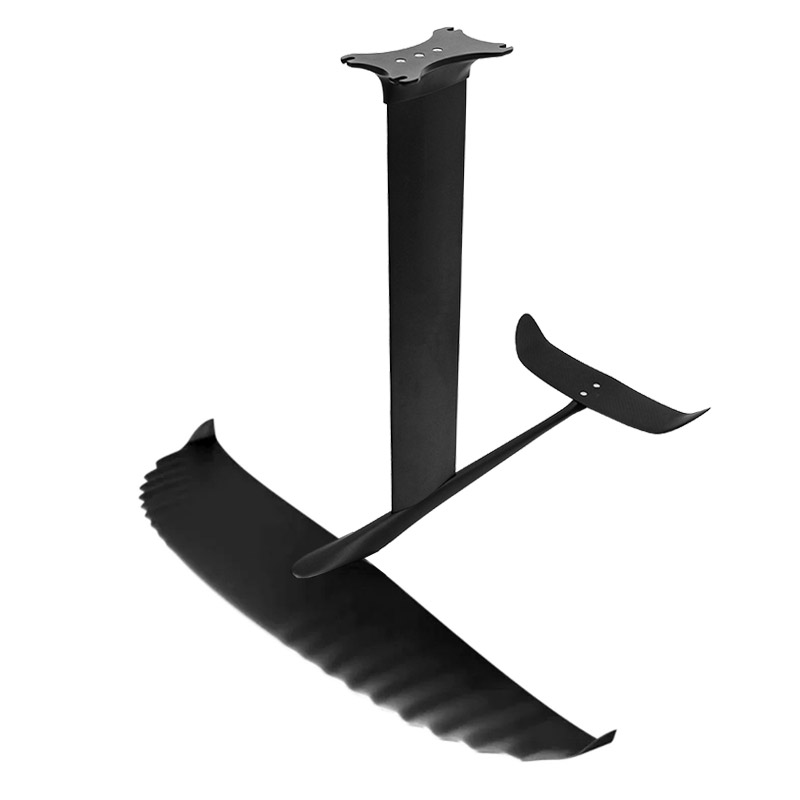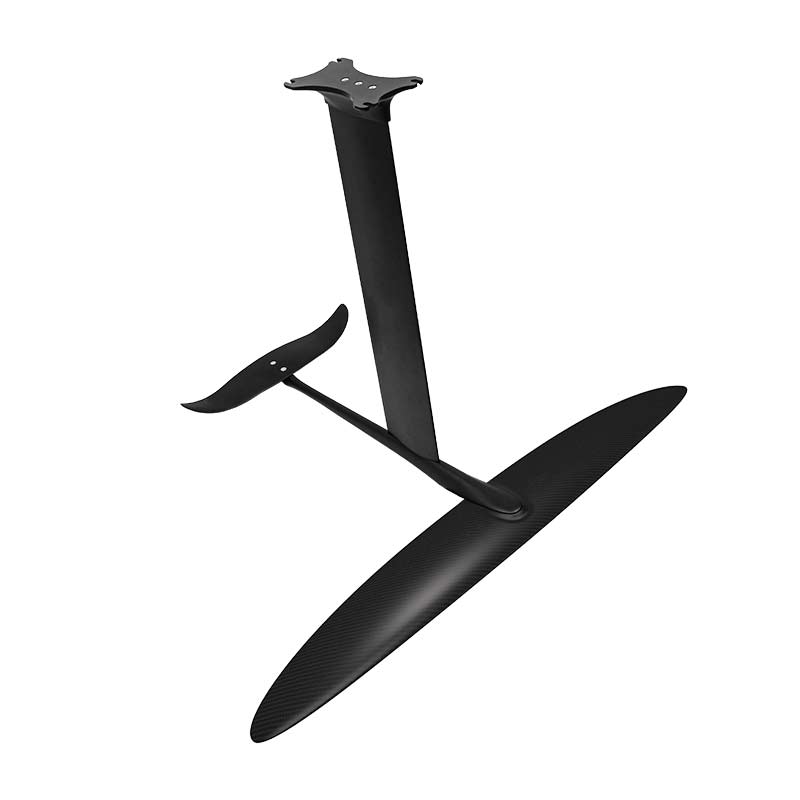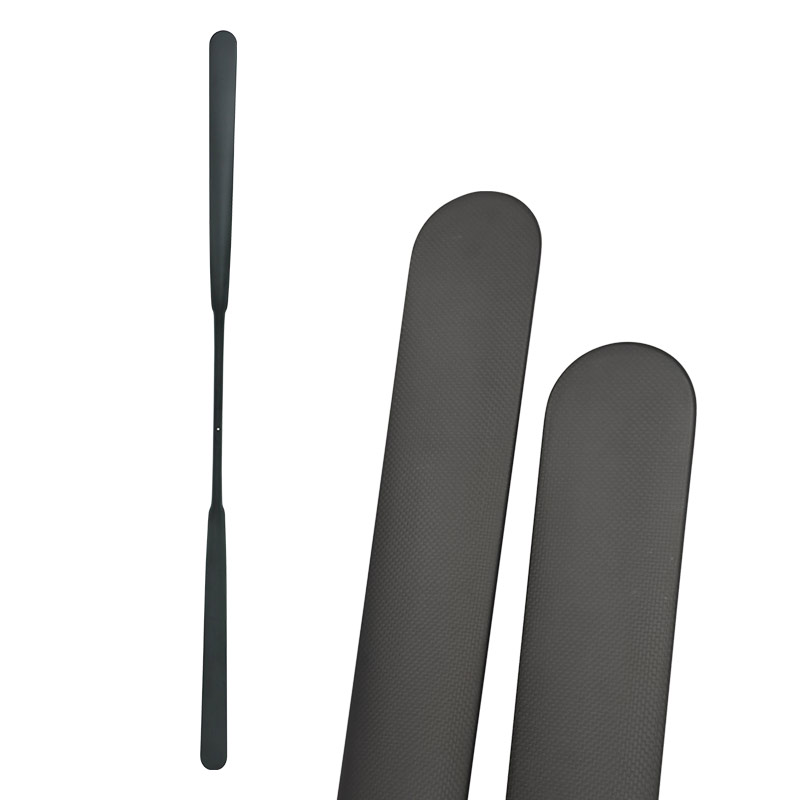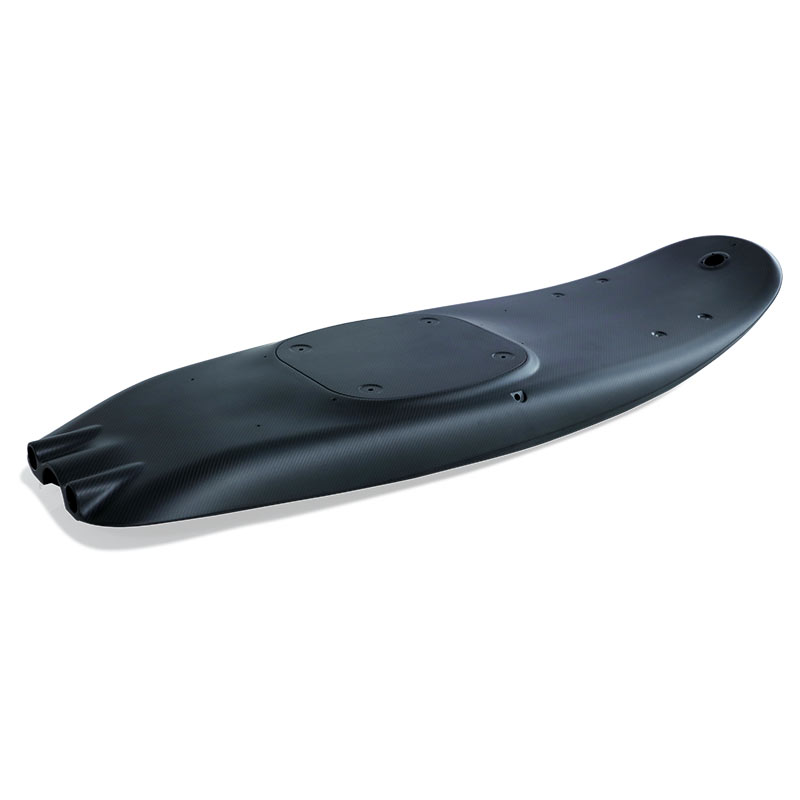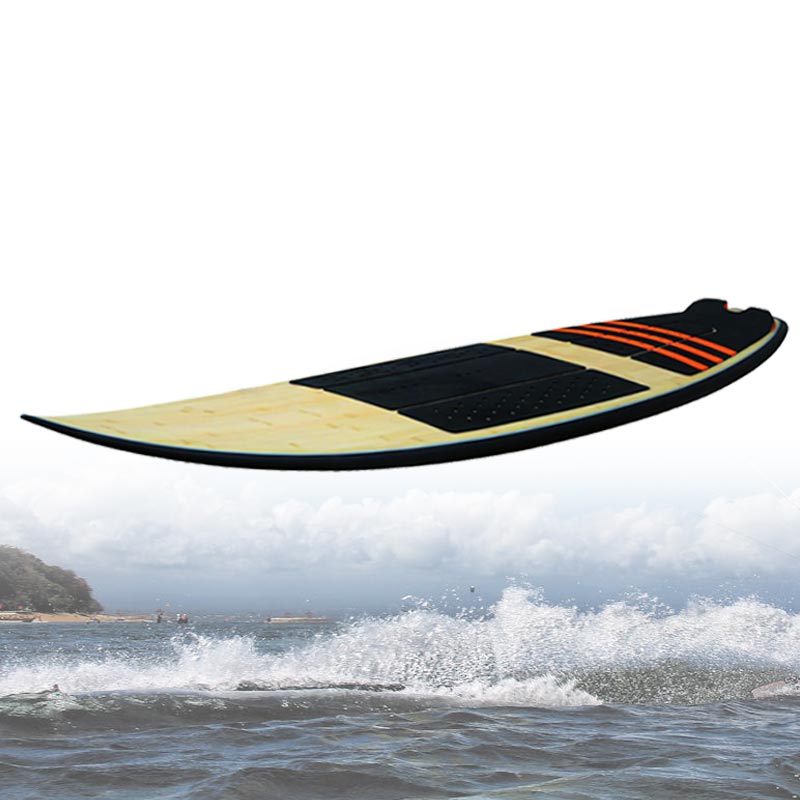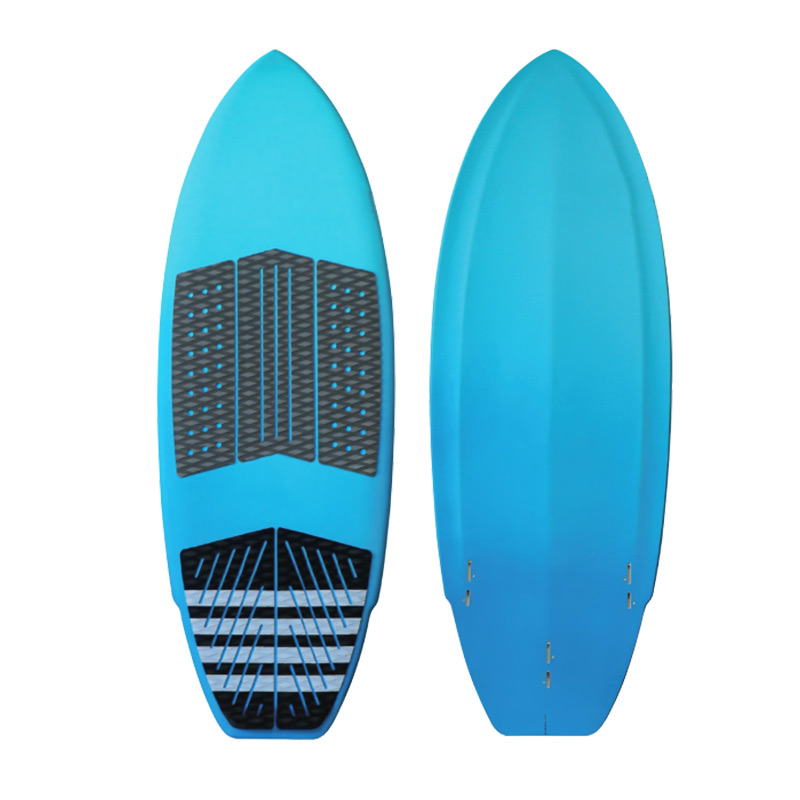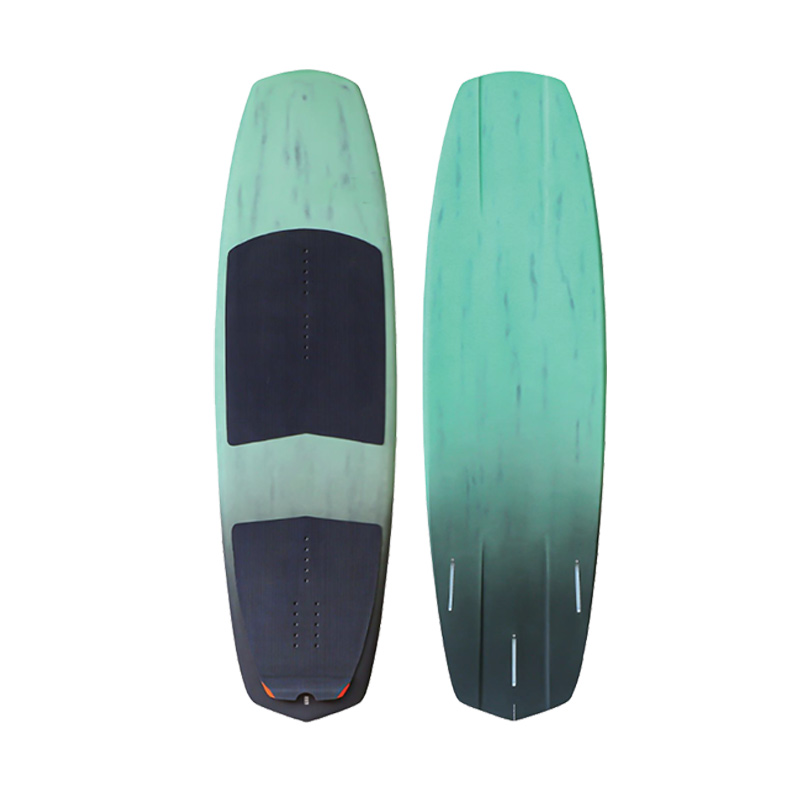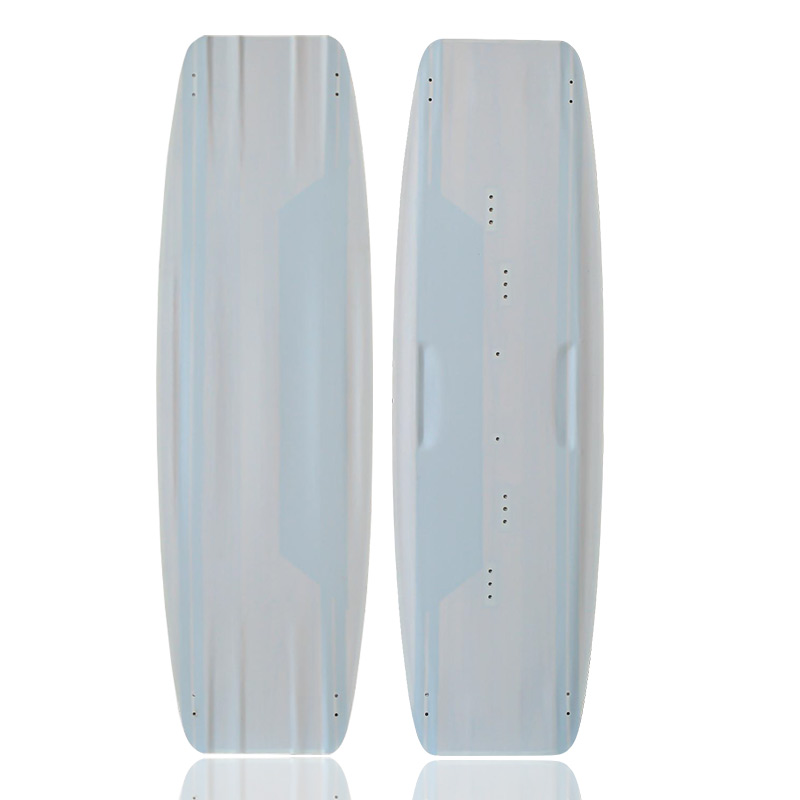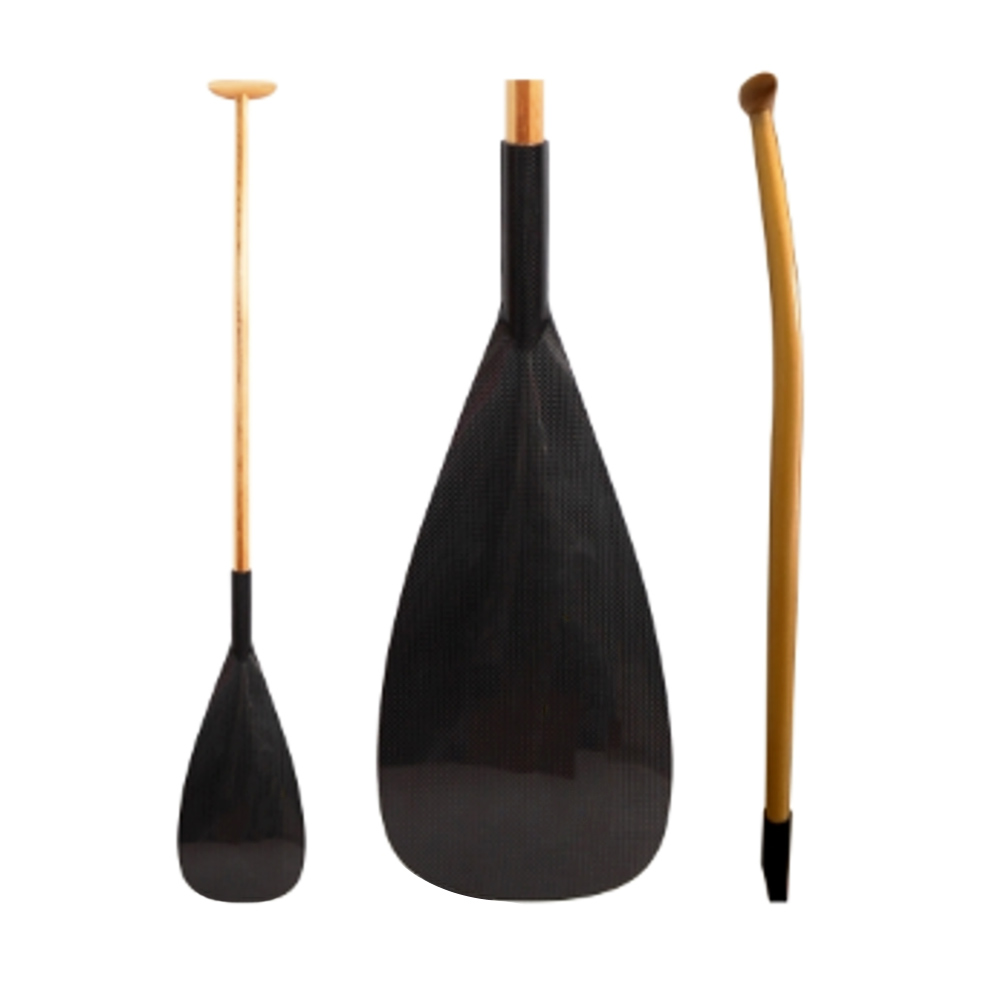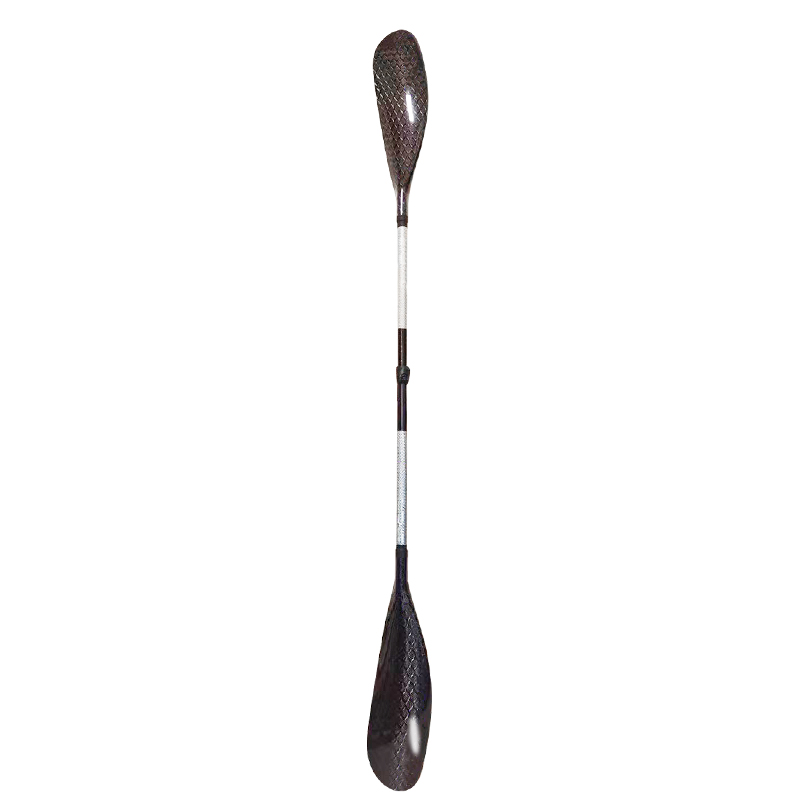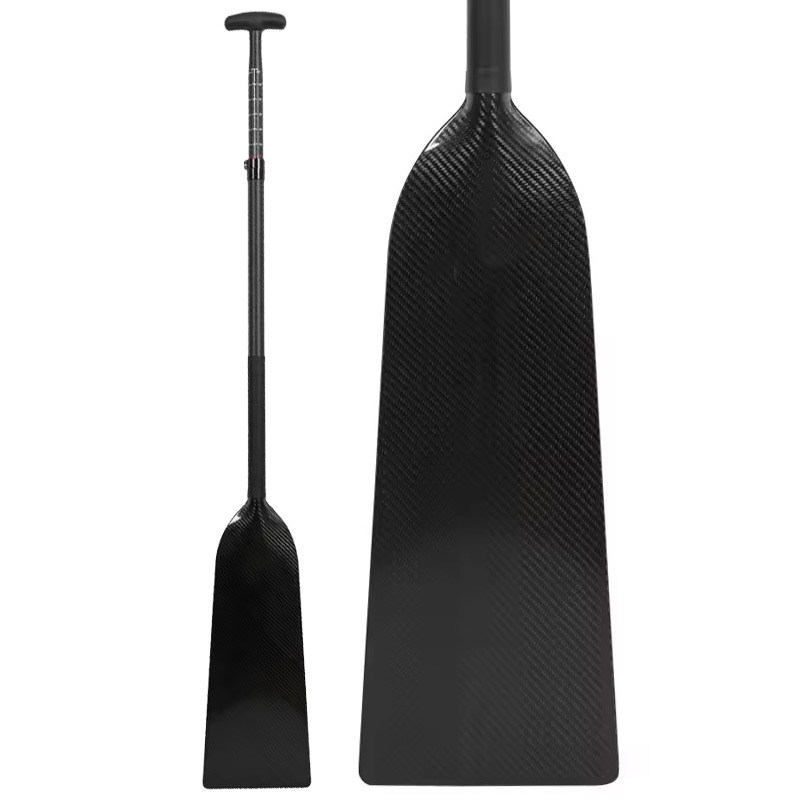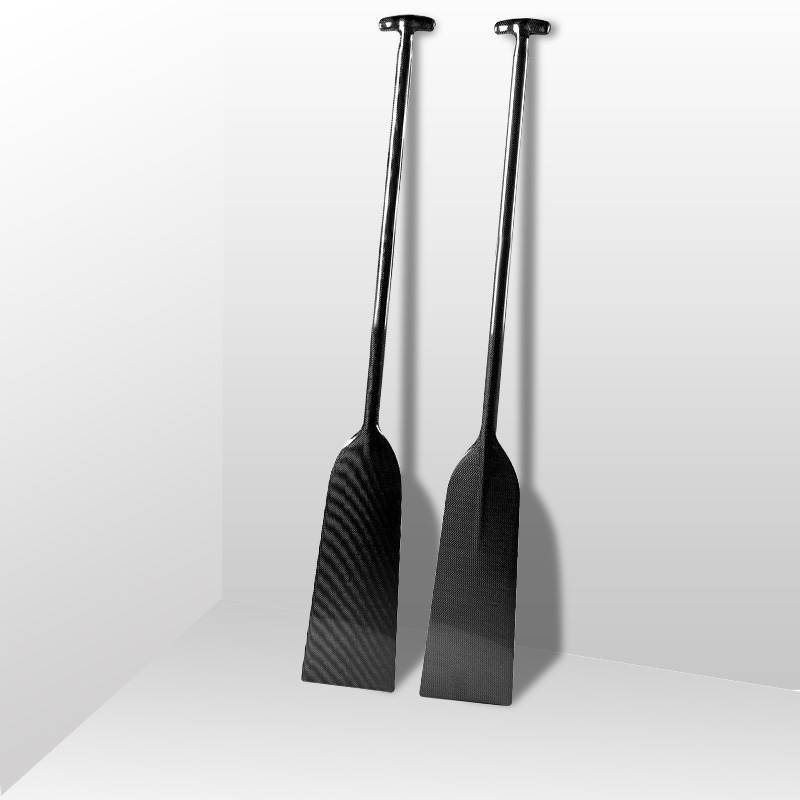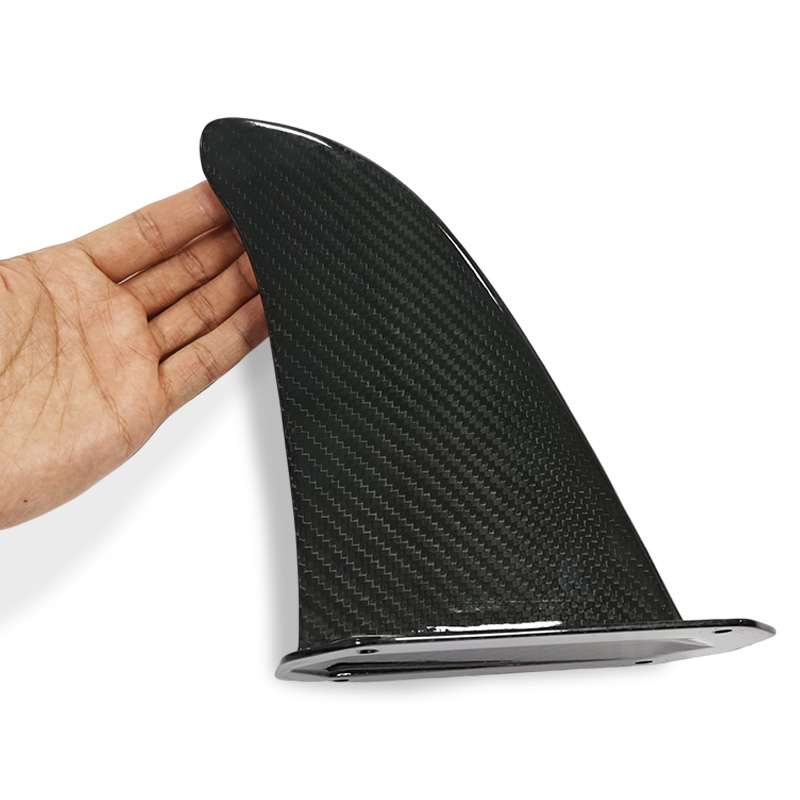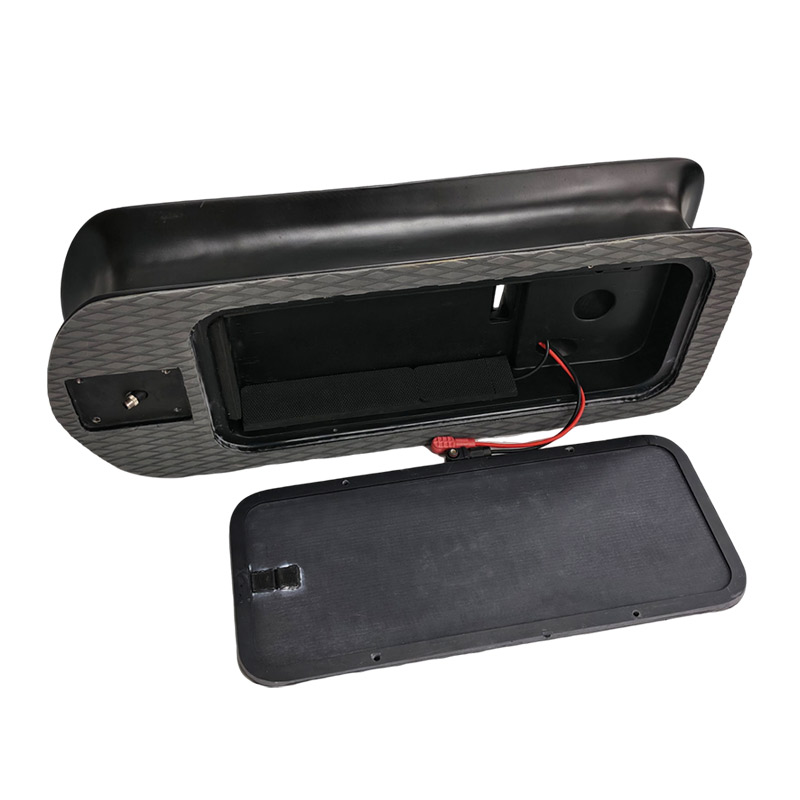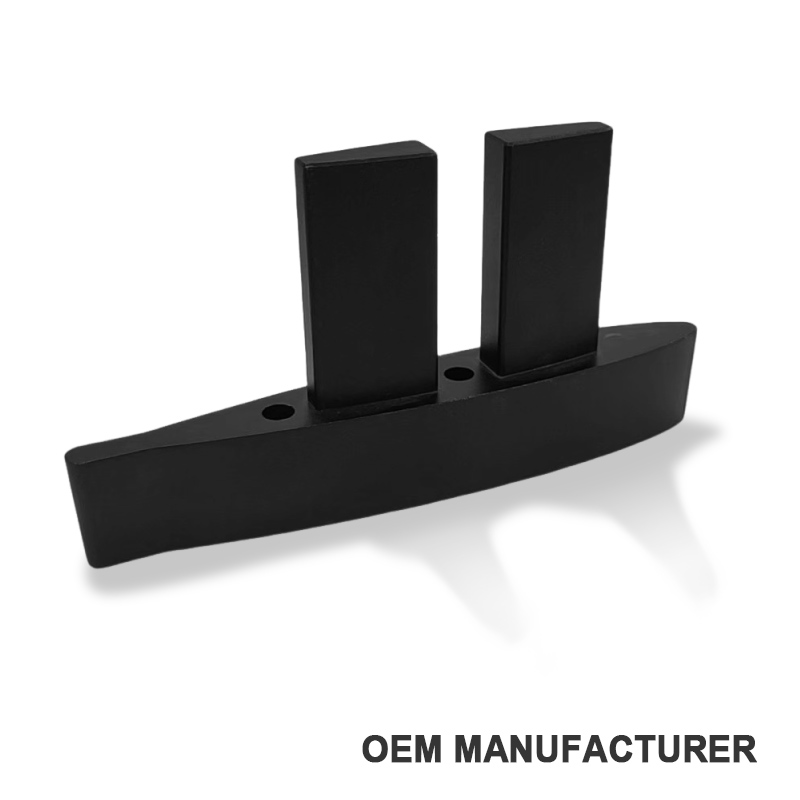Cable wakeboarding is an exhilarating water sport that combines the thrill of wakeboarding with the accessibility of a cable park system. Unlike traditional boat-towed wakeboarding, cable wakeboarding uses an overhead cable system to pull riders across the water, making it a cost-effective and environmentally friendly alternative. This guide will walk you through the essentials of cable wakeboarding, focusing on various starting techniques, tips for beginners, and advanced maneuvers. Whether you’re new to the sport or looking to refine your skills, this article will provide valuable insights to enhance your cable wakeboarding experience.
What is Cable Wakeboarding?
Cable wakeboarding involves riders being pulled by a motorized cable system around a lake or artificial water body. The cable system, typically suspended 8–12 meters above the water, moves at a consistent speed of around 30 km/h (19 mph), offering a smooth and controlled ride. Cable parks are equipped with features like ramps, sliders, and kickers, allowing riders to perform tricks and jumps. The sport’s accessibility, affordability, and vibrant community make it a popular choice for water sports enthusiasts.
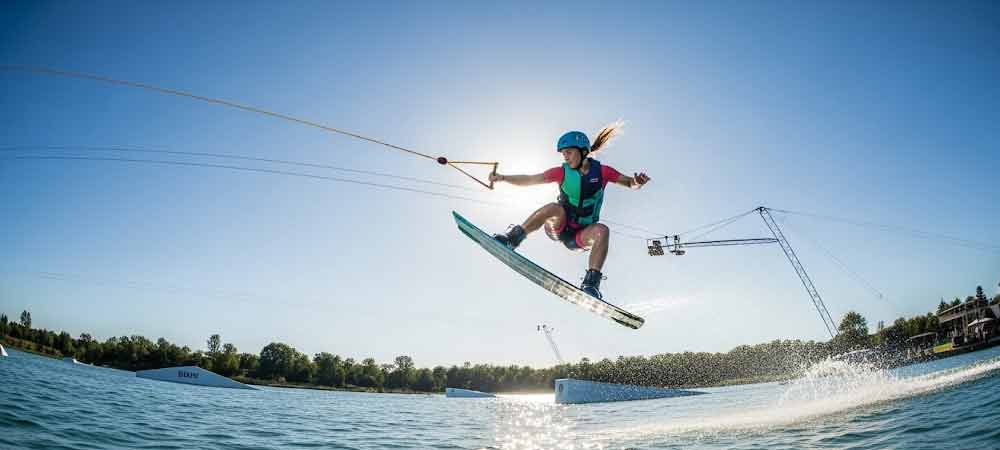
Why Choose Cable Wakeboarding?
-
Cost-Effective: No need for a boat, fuel, or maintenance costs.
-
Beginner-Friendly: Cable parks offer controlled environments ideal for learning.
-
Eco-Friendly: Eliminates the need for fuel-powered boats.
-
Community-Driven: Cable parks foster a supportive atmosphere for riders of all levels.
Getting Started: Essential Gear for Cable Wakeboarding
Before diving into starting techniques, ensure you have the right equipment:
-
Wakeboard: Choose a board designed for cable parks, typically with a durable base to withstand rails and sliders. If you are interested in buying composite wakeboard, please click the link to check.
-
Bindings: Secure, comfortable bindings are crucial for control.
-
Helmet and Life Vest: Safety gear is non-negotiable, especially for beginners.
-
Wetsuit: Depending on water temperature, a wetsuit provides protection and warmth.
-
Handle and Rope: Provided by the cable park, but ensure it’s comfortable to grip.
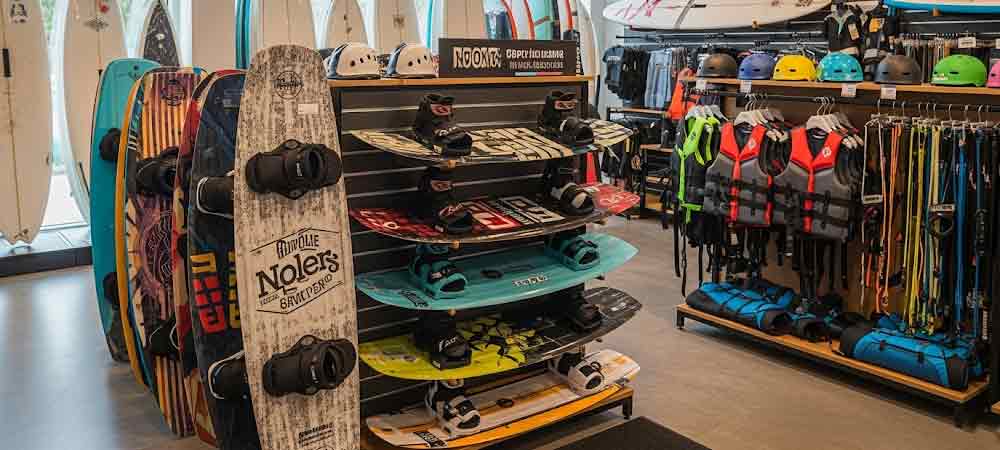
Mastering Cable Wakeboarding Starts
Starting correctly is critical in cable wakeboarding, as the cable’s constant pull requires precise body positioning and timing. Below, we explore the most common starting techniques, from beginner-friendly to advanced, to help you hit the water confidently.
1. Sit Start: The Beginner’s Choice
The sit start is the go-to technique for first-timers due to its simplicity and stability. Here’s how to nail it:
-
Positioning: Sit on the edge of the dock with your board in the water, knees bent, and handle close to your hip.
-
Lean Back Slightly: The cable’s initial pull is strong, so lean back to avoid being yanked forward.
-
Distribute Weight: As you’re pulled onto the water, stand up smoothly and distribute your weight evenly across the board.
-
Common Mistakes:
-
Leaning too far back can cause you to slip out.
-
Leaning too far forward may cause the board’s nose to dive, leading to a faceplant.
-
-
Tips:
-
Keep your eyes on the carrier (the cable’s attachment point) to gauge timing.
-
Maintain body tension to stay balanced as the cable pulls.
-
Pro Tip: Practice standing up smoothly on land to build muscle memory before attempting the sit start on water.
2. Jump Start: A Dynamic Alternative
The jump start is a great option for riders who find the sit start challenging or prefer a more active approach. It involves a small hop into the water, reducing the cable’s initial pull.
-
Setup: Stand on the dock with the handle close to your hip, knees slightly bent.
-
Timing: Watch the carrier as it approaches. When you feel slight tension in the rope (count “one, two”), perform a small forward jump into the water.
-
Execution: Land with your board flat and weight centered to glide smoothly onto the water.
-
Common Mistakes:
-
Jumping too early can cause you to sink.
-
Jumping too late results in excessive tension, making it hard to maintain balance.
-
-
Tips:
-
Focus on timing your jump with the cable’s pull.
-
Keep your knees soft to absorb the landing.
-
Pro Tip: Practice the jump start on a trampoline to perfect your timing and landing technique.
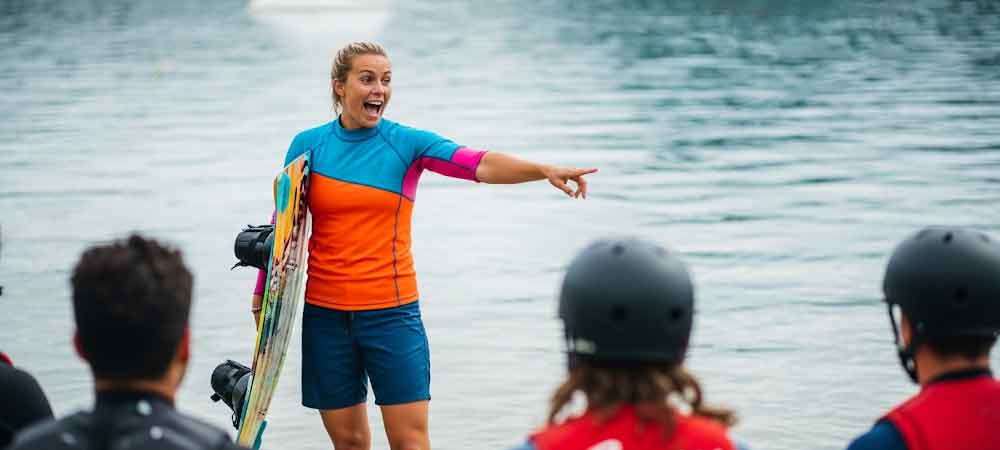
3. Sliding Dock Start: Smooth and Controlled
The sliding dock start is ideal for riders who are comfortable with basic starts and ready to transition to a standing start. It requires precise body positioning to avoid slipping.
-
Setup: Stand just behind the red line on the dock (or slightly back if no line is present), holding the handle close to your hip.
-
Body Position: Squat slightly, keeping the board flat and your weight slightly back but not overly so.
-
Execution: As the carrier approaches, maintain body tension and let the cable pull you forward. Slide off the dock smoothly without edging the board.
-
Common Mistakes:
-
Edging the board too early can cause you to slip out.
-
Pulling the handle prematurely may dislodge the rope from the carrier.
-
-
Tips:
-
Wait for the carrier to fully engage the rope before moving.
-
Keep your body relaxed but firm to maintain control.
-
Pro Tip: Practice squatting and maintaining body tension on land to simulate the sliding motion.
4. Nose Press Start: Advanced and Stylish
The nose press start is a more advanced technique that adds flair to your entry. It requires precise weight distribution and timing.
-
Setup: Position yourself on the dock with all your weight on the nose of the board, handle close to your hip.
-
Execution: Lean forward, pressing the nose of the board down. Wait until the carrier pulls you up and over the nose into the water. Avoid active jumping to maintain tension.
-
In the Air: Once airborne, pull the handle back to your hip and land with a flat board.
-
Common Mistakes:
-
Jumping actively can disrupt the cable’s pull.
-
Insufficient nose pressure may cause you to lose balance.
-
-
Tips:
-
Practice nose presses on the dock to get comfortable with the weight shift.
-
The longer you hold the nose press, the higher you’ll launch into the water.
-
Pro Tip: Start with small nose presses to build confidence before attempting higher jumps.
5. Frontside 360 Start: Pro-Level Flair
The frontside 360 start is a pro-level technique that combines a nose press with a 360-degree spin. It’s best suited for experienced riders comfortable with high nose presses and spins.
-
Prerequisites: Master the nose press start and practice 360s off kickers or on flat water first.
-
Setup: Perform a nose press start, but wait longer to gain extra height.
-
Execution: As you launch, pull the handle to your rear hip and look over your front shoulder to initiate the spin. Land wrapped (handle behind your back) and pass the handle to complete the trick.
-
Common Mistakes:
-
Spinning too early reduces height and control.
-
Failing to pass the handle can cause you to lose grip.
-
-
Tips:
-
Focus on going straight up before initiating the spin.
-
Practice the handle pass on land to perfect the motion.
-
Pro Tip: Visualize the spin and landing before attempting to ensure a smooth execution.
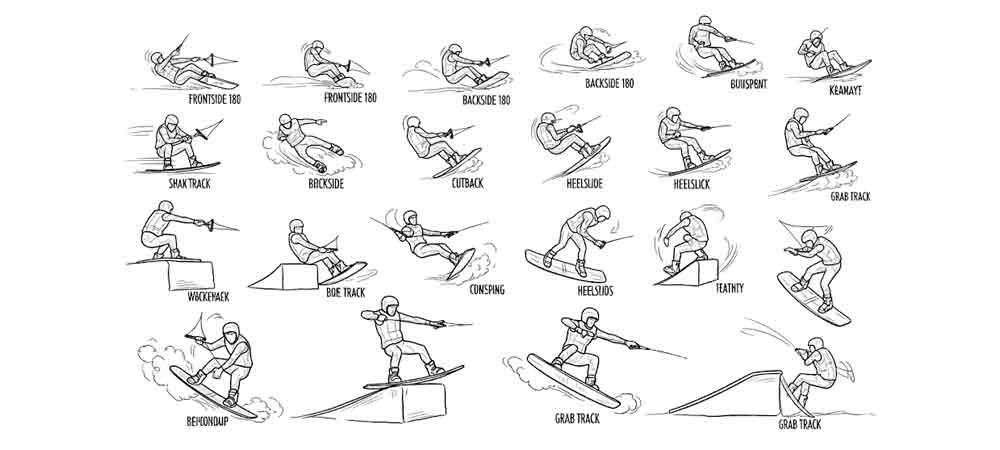
Additional Tips for Cable Wakeboarding Success
-
Body Positioning: Always keep the handle close to your hip to maintain control and reduce arm strain.
-
Board Control: Keep the board flat during starts to avoid catching an edge.
-
Progress Gradually: Master each step before moving to the next to build confidence and skill.
-
Practice Off-Water: Dry-land practice, such as balance drills or trampoline jumps, can improve your technique.
-
Stay Relaxed: Tension in your body can lead to falls. Stay loose but controlled.
Safety Considerations
Safety is paramount in cable wakeboarding. Always wear a helmet and life vest, follow the cable park’s rules, and ride within your skill level. Be aware of other riders and obstacles in the water to avoid collisions. If you’re new, consider taking a lesson at the cable park to learn proper techniques from experienced instructors.
Why Cable Wakeboarding is Worth Trying
Cable wakeboarding offers a unique blend of adrenaline, creativity, and community. The controlled environment of a cable park makes it easier to learn and progress compared to boat wakeboarding. With features like rails and kickers, you can experiment with tricks and develop your style. Plus, the sport’s accessibility means you can enjoy it without needing a boat or expensive equipment.
Conclusion
Cable wakeboarding is an exciting and accessible water sport that caters to all skill levels. By mastering starts like the sit start, jump start, sliding dock start, nose press, and frontside 360, you can build a strong foundation and progress to advanced tricks. Focus on proper body positioning, timing, and gradual progression to ensure a safe and enjoyable experience. Whether you’re hitting the cable park for the first time or aiming to land pro-level maneuvers, cable wakeboarding offers endless opportunities for fun and growth. So grab your board, head to your local cable park, and start shredding the water!

